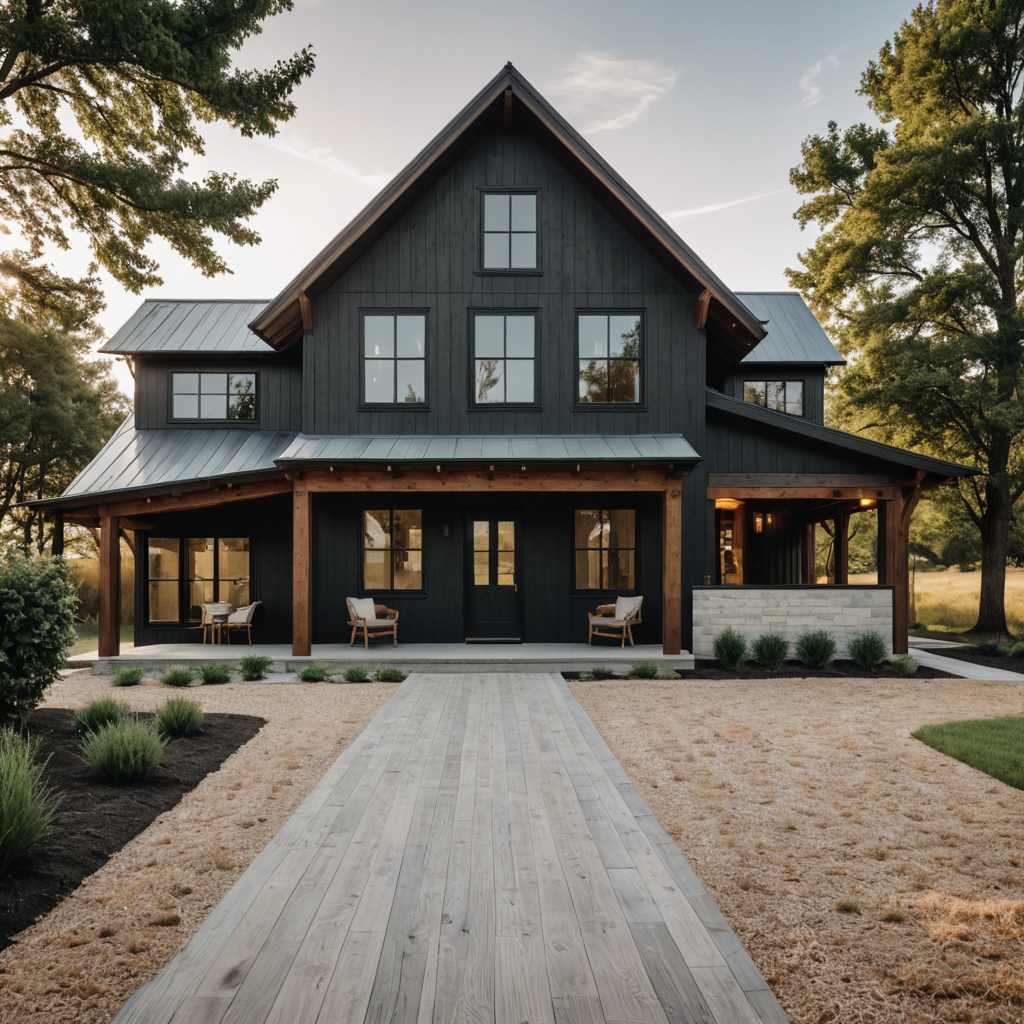
Your roof is a critical component of your home’s structure, providing protection, insulation, and aesthetic appeal. Over time, roofs can deteriorate due to weathering, age, and wear, leading to potential issues such as leaks, damage, and energy inefficiency. Recognizing the signs that indicate the need for a new roof and selecting the appropriate roofing material are essential steps in maintaining a secure and functional roof for your property. In this article, we will explore common signs that signal the need for a roof replacement and discuss different roofing materials to help you make an informed decision for your roof renovation project.
Signs You Need a New Roof:
1. Age of Roof: The age of your roof is a key factor in determining its condition and longevity. Most asphalt shingle roofs have a lifespan of 20-25 years, while other materials like metal or tile roofs can last longer. If your roof is approaching or exceeding its expected lifespan, it may be time to consider a replacement.
2. Missing or Damaged Shingles: Missing, cracked, curled, or blistered shingles are signs of roof damage and deterioration. Damaged shingles can compromise the integrity of your roof, leading to leaks, water infiltration, and structural issues. Inspect your roof regularly for signs of shingle damage that may indicate the need for a new roof.
3. Leaks and Water Stains: Water leaks, stains on ceilings or walls, and water pooling on the roof are clear indicators of roof problems that require immediate attention. Roof leaks can result from damaged flashing, deteriorated shingles, or worn-out underlayment, necessitating a thorough inspection and potential roof replacement to prevent further water damage.
4. Sagging or Uneven Roof: A sagging or uneven roof surface can indicate structural issues, water damage, or inadequate support in the roof system. If you notice dips, sags, or uneven areas on your roof, it may be a sign of underlying problems that warrant a professional assessment and potential roof replacement to ensure structural stability and safety.
5. Energy Inefficiency: An old or deteriorating roof can compromise energy efficiency by allowing heat loss in winter and heat gain in summer. Poor insulation, air leaks, and damaged roofing materials can contribute to increased energy costs and reduced comfort in your home. Upgrading to a new, energy-efficient roof can improve insulation, reduce utility bills, and enhance indoor comfort.
Choosing the Right Roofing Material:
1. Asphalt Shingles: Asphalt shingles are popular for their affordability, versatility, and ease of installation. They come in a variety of colors and styles, offering durability and weather resistance for residential roofs. Asphalt shingles are suitable for most climates and provide a cost-effective roofing solution for homeowners.
2. Metal Roofing: Metal roofs are known for their longevity, durability, and energy efficiency. They offer superior resistance to weather elements, fire, and pests, making them a low-maintenance and long-lasting roofing option. Metal roofs come in various styles, such as standing seam, corrugated, and metal tiles, providing aesthetic appeal and performance benefits.
3. Wood Shingles or Shakes: Wood shingles and shakes offer a natural, rustic look and excellent insulation properties for residential roofs. They are environmentally friendly, renewable, and provide a timeless aesthetic appeal to homes. Wood roofing requires regular maintenance to prevent decay, mold, and insect infestations.
4. Clay or Concrete Tiles: Clay or concrete tiles are durable, fire-resistant, and aesthetically pleasing roofing materials that add character and style to homes. They offer excellent longevity, weather resistance, and energy efficiency, making them a popular choice for Mediterranean, Spanish, or contemporary architectural styles.
5. Slate Roofing: Slate roofs are renowned for their elegance, durability, and longevity, lasting over 100 years when properly installed and maintained. Slate tiles are natural stone materials that provide superior weather resistance, fire protection, and aesthetic appeal for upscale residential properties. Slate roofing requires professional installation due to its weight and specialized handling.
Recognizing the signs that indicate the need for a new roof, such as age, shingle damage, leaks, structural issues, and energy inefficiency, is crucial for maintaining a secure and functional roof for your home. When choosing the right roofing material for your roof replacement project, consider factors such as durability, aesthetics, climate suitability, maintenance requirements, and budget constraints to select the best option for your property. Whether you opt for asphalt shingles, metal roofing, wood shakes, clay tiles, or slate roofing, investing in a quality roof material and professional installation can enhance the longevity, performance, and curb appeal of your home while providing lasting protection and peace of mind for years to come.
Cedar Hill St. Louis Jefferson County Olivette Kirkwood Ballwin Arnold Franklin County St Charles County Fenton High Ridge Dittmer Creve Coeur
